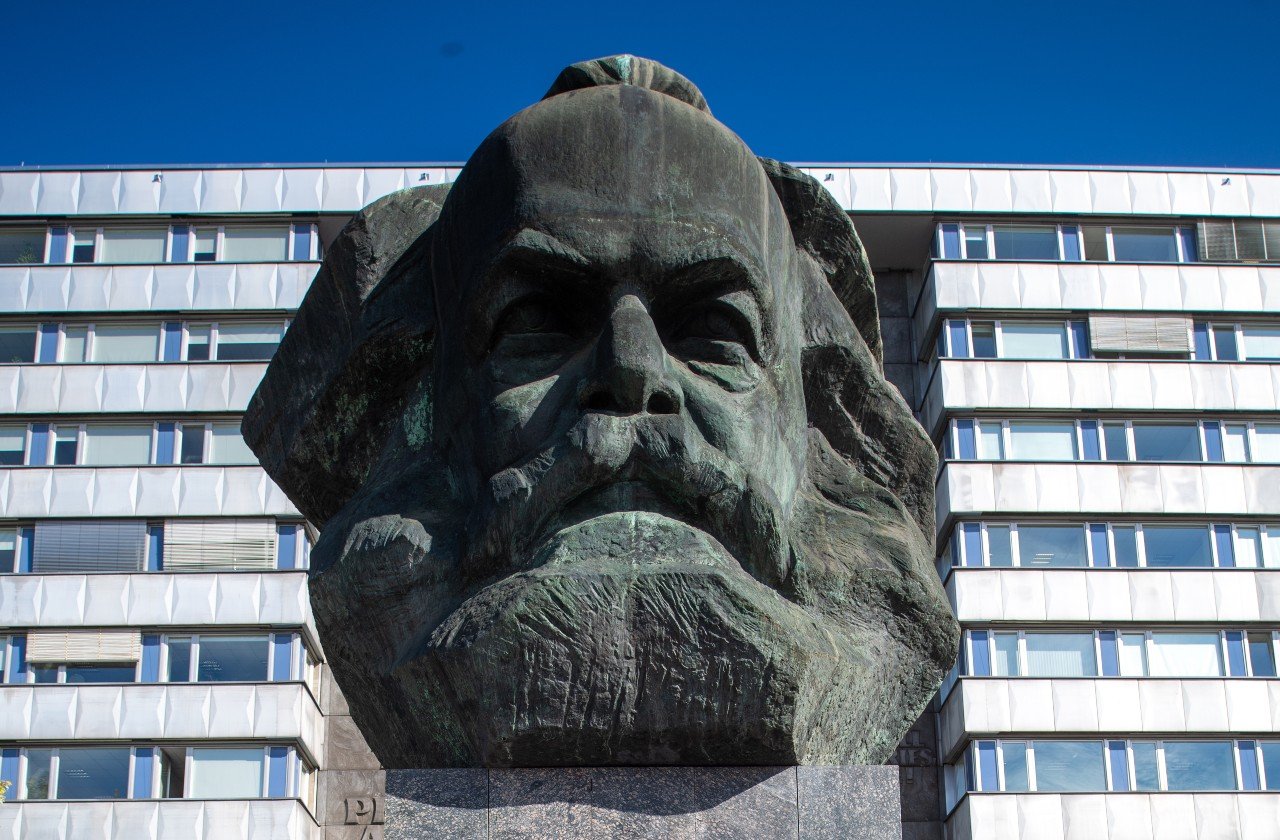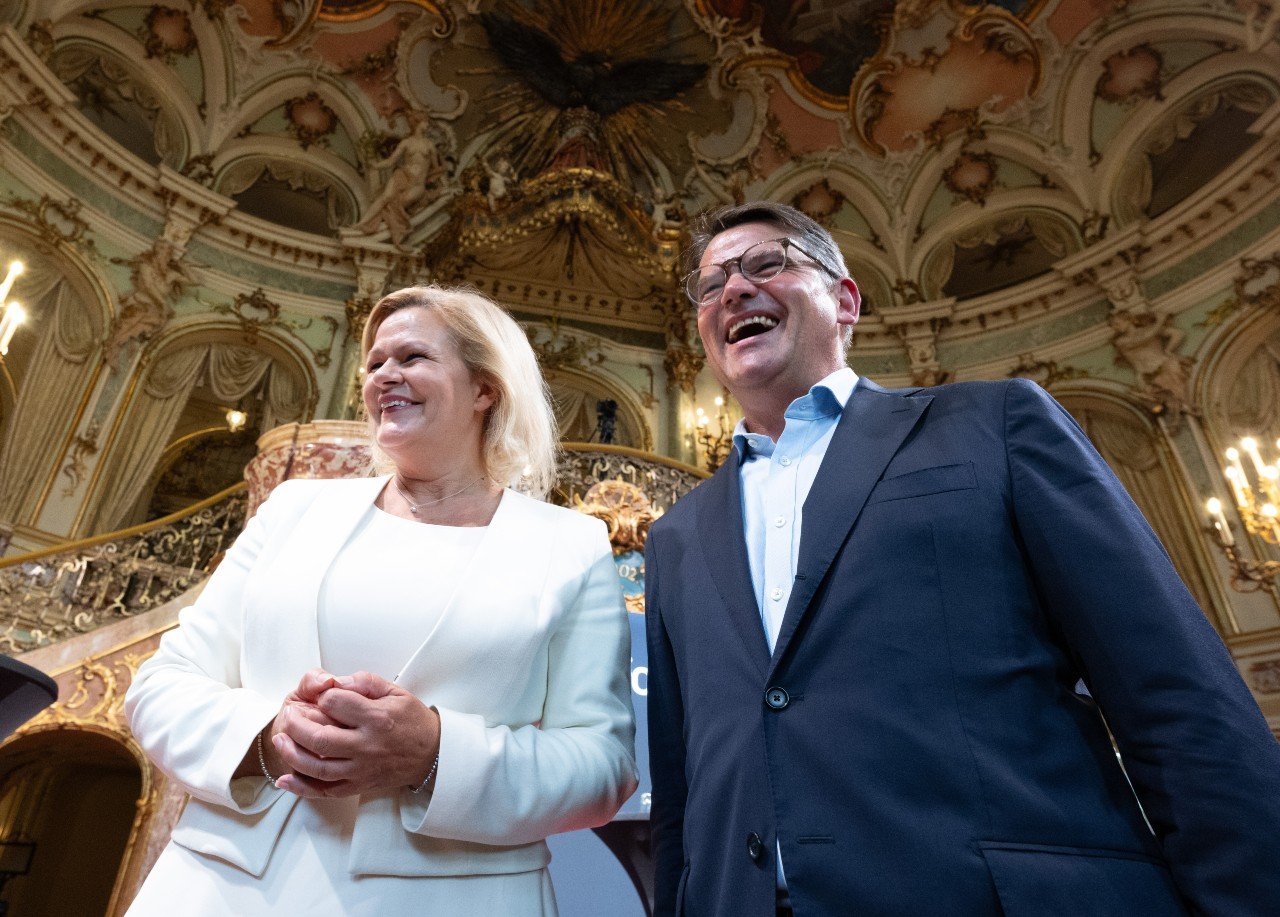A so-called phantom border (Phantomgrenze) is an informal delineation that follows the course of an abolished political border. But not all fallen borders make for phantoms.
Phantom borders are defined by demographic differences that are seen on each side due to a historical division, despite political union in the present.
Germany’s former East-West border is a classic example of a phantom border. People living in former East and West Germany lived within different economic and political systems for decades.
Even though the nation has since unified, and Germans on both sides of the country have enjoyed freedom of movement for decades, a number of trends (from which brand of car people prefer to how likely they are to play tennis) show that east-west differences persist, as was recently shown in a collection of maps tweeted by researcher Tomas Pueyo.
Demarcated by the internal border, former East German states include Mecklenburg-Western Pomerania, Brandenburg, Saxony-Anhalt, Saxony, and Thuringia. East Berlin was also part of the former GDR, with the Berlin Wall slicing the city in half.
READ ALSO: 33 years on – Are east and west Germany growing apart?
The East-West pay gap remains high
Many of the differences that remain between former East and West German lives come down to business and money.
A significant disparity remains between average monthly salaries, with people in the former East earning approximately €13,000 less per year than their western counterparts.
A map of the headquarters of Germany’s largest firms shows that the country’s western and southern states are home to virtually all of the largest German companies, with just a handful of companies in the eastern states (excluding Berlin).
East/West Germany’s phantom borders
More below pic.twitter.com/mSe9fh668Y— Tomas Pueyo (@tomaspueyo) February 14, 2024
The west’s abundance of company offices also ties into its relatively low unemployment rates, whereas former eastern states are all plagued with significantly greater unemployment.
Interestingly, in terms of hours worked per year eastern regions tend to rank higher, with former West Germany averaging 1,281 hours worked per year versus 1,350 in the East. In other words, the lower incomes in the eastern states don’t seem to be linked to lower productivity.
READ ALSO: 10 things you never knew about German reunification
Views of democracy are also affected by the phantom border
In addition to economic differences, former East and West Germany were ruled by entirely different political systems – with democratic organisation in the West and a socialist state under Soviet influence in the East.
All of Germany has since unified under the West’s democratic model, but a stark difference is still seen in the way people vote.
It appears that people in the former West have greater faith in the democratic process – voter turnout is noticeably lower in the former East.
Of those that do vote, former Eastern Bloc citizens tend to prefer both the Left and the AfD parties (according to 2021 election results). In western states, meanwhile, voters are more likely to select the Greens.
READ ALSO: How the German language differed between East and West
The aforementioned economic disparity is one factor that is likely driving support for far-right political agendas in the East – where residents regularly report feeling left behind in modern Germany.
Another key factor is immigration issues.
How the East-West divide affects immigration
During the German Democratic Republic (former East Germany), residents didn’t experience much immigration except for people coming from Russia or other former Soviet states.
This decades old trend has continued to some degree until today, with the share of immigrants being generally higher in western regions, while Russian immigration in particular remains higher in the eastern Germany.

Growing up around immigrant communities, or not, seems to have affected attitudes and beliefs that some people have held onto long after ‘the wall’ fell.
READ ALSO: Analysis – Are far-right sentiments growing in eastern Germany?
In present-day eastern Germany, there have been recent reports of immigrants moving away to escape racism and feeling unwelcome.
Some effects of the phantom border are unexpected
Beyond impacts that are directly linked to economic or political differences, Germany’s phantom border can also be felt in some trends that at first seem totally random.
For example, former Eastern regions tend to have more graffiti, and also happen to be home to about twice as many Olympic medal winners.
On the other hand, former Western regions have higher rates of organ donations and significantly more tennis courts.






 Please whitelist us to continue reading.
Please whitelist us to continue reading.
Member comments